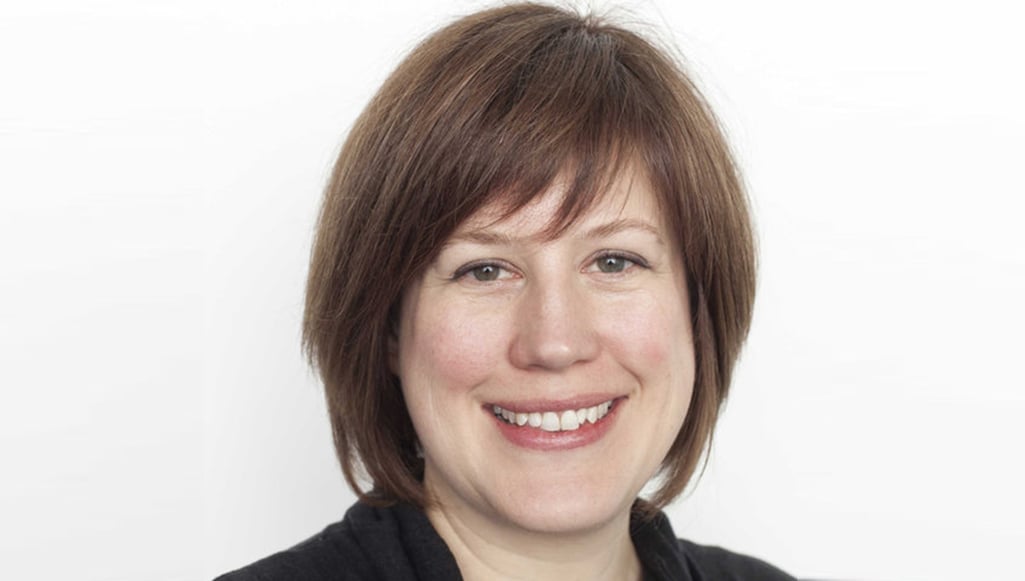-
Life Sciences
.png)
Our solutions
-
Materials Analysis
.png)
Our solutions
Techniques
Applications
- Why Delmic?
-
Insights
.png)
Insights
-
Company
.png)
Company
Cell biology
Integrated CLEM delivers high resolution correlation of fluorescently-tagged molecules to cell organelles

Dr. Lucy M. Collinson and Dr. Christopher J. Peddie are researchers of the Electron Microscopy Science Technology Platform (EM STP) at The Francis Crick Institute in London, specializing particularly in correlative and volume imaging of cells and tissues.
The Electron Microscopy Science Technology Platform (EM STP) provides a comprehensive high resolution imaging facility that supports the work of research groups within the Francis Crick Institute. EM STP has the expertise and instrumentation to study most biological samples and also undertake a number of innovative method and technology development projects.
The SECOM, Delmic's Integrated CLEM solution, enabled the EM STP to further develop and optimize its in-resin fluorescence method for large volume array-based correlative light and scanning electron microscope analysis. As both light and electron images are acquired sequentially within the same microscope, the requirement for intermediate preparation steps is removed. The precise overlay of fluorophore position with subcellular structure permitted by the accurate alignment of light and electron beam paths leads to very high accuracy correlation between cellular structure and function.
The precise overlay of SECOM is particularly important when there is no prior knowledge of fluorophore localization because it removes operator bias in the alignment process.
Prior to working with the SECOM, the EM STP developed a method to preserve fluorescence in resin embedded cells to improve the accuracy of correlative microscopy and protein localization. To view these samples, Dr. Collinson and Dr. Peddie had to use separate light and transmission electron microscopes. This workflow produced more accurate localization of fluorescent proteins to cell organelles than was possible with ‘pre-embedding’ correlative protocols, but it relied on subjective scaling and overlay of images from each modality in order to match fluorophore location to subcellular structure.
Using a widefield light microscope and transmission EM also limited the volume of sample that could be imaged, and the extra grid handling steps needed to move from the light to the electron microscope increased the risk of damage and contamination.
Using the SECOM, Dr. Collinson and Dr. Peddie demonstrated that the combination of in-resin fluorescence sample preparation and integrated light and scanning electron microscopy can deliver high resolution correlation of fluorescently-tagged molecules to cell organelles, illustrated by a study of the membrane localization of the lipid diacylglycerol. In the same study, they showed that the properties of green fluorescent protein (and other related fluorescent proteins) change when embedded in resin, enabling PALM/ STORM-style super-resolution light microscopy under conditions of partial vacuum, thus improving fluorophore localization to ~80 nm, approaching the labelling accuracy of immune EM but without the requirement for EM-compatible primary antibodies. Dr. Collinson and Dr. Peddie are currently working on optimizing the balance between fluorescence preservation and electron contrast in the samples to enable application to a wide range of biomedical research questions.
Dr. Collinson and Dr. Peddie also acknowledged Delmic’s caring service during our collaboration:
During our time working with the SECOM, Delmic have provided a responsive service, and have collaborated with us in the development and modification of the original system to implement novel integrated super-resolution light and electron microscopy workflows.




